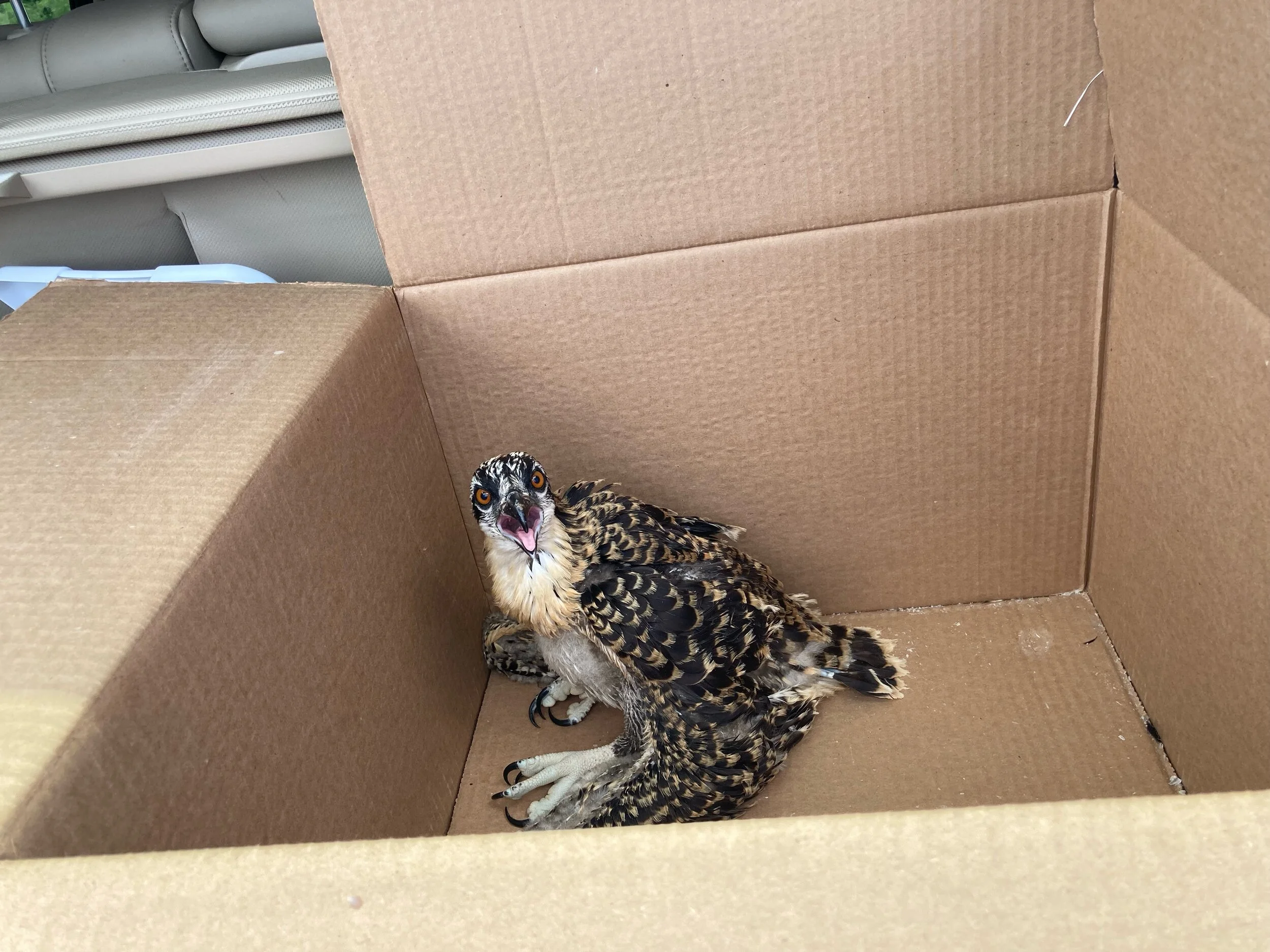Meet a Birder: Melissa Kesling is an Aldo Leopold Nature Center environmental educator and Madison chapter leader for the Feminist Bird Club!
Join us this fall at Faville Grove!
It’s been a hectic summer at Faville Grove with lots of neat wildlife sightings and tons of brilliant wildflowers, as always. Canadian wildfire haze and drought have settled in from time to time, but plants keep blooming and birds keep moving; asters, goldenrods, and goldfinches are making their mark as summer fades.
Join us for weekly seed collecting beginning September 8th through the end of October. Our meeting point is the kiosk on Prairie Lane every Wednesday from 9:30-noon, and for two separate work parties every Saturday from 9:30-noon and 1:30-4pm. We need all of the help we can get!
Photo by Drew Harry
We will always choose to save birds.
If you had the power to save birds by making a small change, wouldn’t you?
Birds face many threats, including habitat loss, pesticide poisoning, and climate change. This year has been especially tough.
The severe winter storm in the south this past February is suspected to have caused significant bird deaths in migratory bird populations. A mysterious bird illness reported in the East Coast is continuing to spread into the Midwest, killing and sickening even more songbirds. And, hundreds of millions―even up to a billion―birds die each year in the United States after colliding with windows.
In spite of these devastating difficulties, there is hope.
Indigo Bunting photo by Kelly Colgan Azar.
How to save an osprey chick
What’s the best way to rescue an osprey chick? The first thing to know is that it takes a village and a whole lot of brainstorming.
This is a story about how a group of volunteers collaborated with experts to help save an osprey chick that fell out of its nest. The experience was incredible for those involved, but it is important to note that every step that was taken was carefully planned and executed in consultation with professionals.
Photo by Elaine Thousand
What to do about this "Mystery Illness?"
You may have heard by now that a mysterious illness is killing common feeder birds along the Atlantic Coast, Northeast and Midwest of the United States. Scientists do not yet know what is causing it. Birds congregating at bird feeders and bird baths can transmit diseases to one another.
In the effort to protect our beloved birds, and in alignment with recommendations of the National Wildlife Health Center, we recommend the following.
Photo by Eric Bégin FCC








